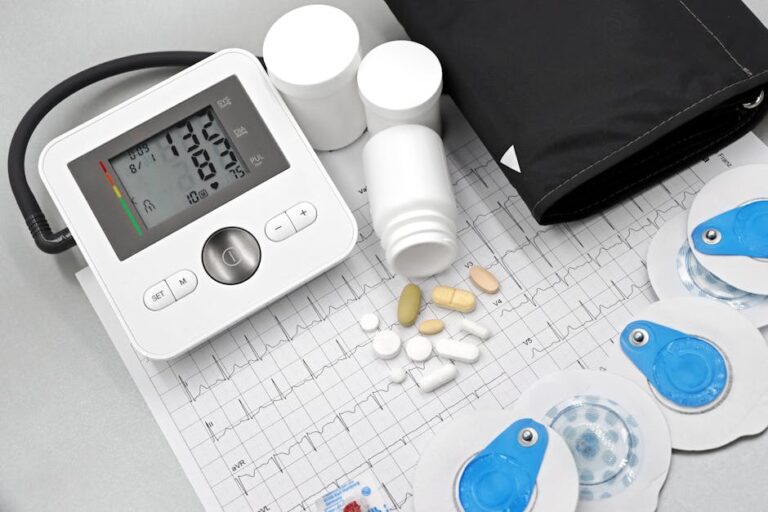Digital Rectal Exam (DRE): A Comprehensive Guide for Patients
What is a Digital Rectal Exam (DRE)?
A digital rectal exam (DRE) is a common medical procedure where a doctor inserts a lubricated, gloved finger into the rectum to examine the prostate gland in men and the rectum and surrounding structures in both men and women. This examination allows the physician to assess the size, shape, consistency, and presence of any abnormalities in these areas. While the procedure itself is brief, understanding what to expect can alleviate anxiety and help you feel more prepared.
Why is a DRE Performed?
DREs are often part of a routine physical examination, particularly for men over 40, and are used to screen for various conditions. The primary reasons for performing a DRE include:
- Prostate Cancer Screening in Men: DRE is a crucial tool in detecting prostate cancer, particularly for identifying enlarged or abnormal prostates. While not a definitive diagnostic test, it can help identify areas requiring further investigation.
- Rectal Cancer Screening: DRE can help detect masses, irregularities, or changes in the rectal wall that may indicate colorectal cancer or other rectal problems. Early detection is vital for successful treatment.
- Benign Prostatic Hyperplasia (BPH): DRE can help assess the size and consistency of the prostate, which is important in diagnosing BPH, a common condition causing urinary problems in older men.
- Other Rectal Conditions: DRE can help identify other rectal conditions such as hemorrhoids, abscesses, fissures, and polyps.
- Assessment of Bowel Function: The exam can assess stool consistency and presence of blood, indicating potential digestive issues.
What Happens During a DRE?
The DRE is a relatively quick procedure, usually taking only a few minutes. Here’s a step-by-step explanation of what to expect:
- Preparation: You will be asked to undress from the waist down and lie on your side with your knees bent towards your chest (left lateral decubitus position) or to bend over the examination table. The doctor will ensure your privacy.
- Lubrication: A doctor will apply a generous amount of lubricant to a gloved finger to ease insertion.
- Insertion: The doctor will gently insert their lubricated finger into your rectum. This may cause a slight feeling of pressure or discomfort, but it should not be painful.
- Examination: The doctor will palpate the prostate gland (in men) or the rectal wall and surrounding tissues. They will check for size, shape, consistency, and any abnormalities.
- Completion: Once the examination is complete, the doctor will remove their finger and dispose of the glove.
What are the Risks and Side Effects?
The DRE is generally a safe procedure with minimal risks. However, potential side effects include:

- Mild Discomfort: Some individuals may experience mild discomfort or pressure during the exam.
- Bleeding: In rare cases, minor bleeding may occur, especially if there are existing rectal conditions.
- Infection: The risk of infection is extremely low due to the use of sterile gloves and lubricant.
Preparing for a DRE
Preparation for a DRE is minimal. You do not typically need to fast or take any special medication. However, informing your doctor about any concerns or medical history, especially regarding rectal or bowel conditions, is important. Open communication with your doctor can ease anxiety and ensure a smooth procedure.
What if I Have Concerns or Anxiety?
Many individuals feel anxious before a DRE. It’s perfectly normal to feel apprehensive about a medical procedure, especially one involving a sensitive area. Communicating your concerns to your doctor is crucial. They can answer your questions, explain the procedure in detail, and offer reassurance. Deep breathing exercises or relaxation techniques can also help reduce anxiety.
Interpreting the Results
Your doctor will discuss the findings of your DRE with you. If any abnormalities are detected, further investigations, such as a biopsy or colonoscopy, may be recommended. The results of a DRE should be interpreted in conjunction with other diagnostic tests and medical history for an accurate diagnosis.
DRE Alternatives and Complementary Tests
While DRE is a valuable screening tool, it’s not the only method used to assess prostate or rectal health. Other tests that may be used in conjunction with or as alternatives include:
- Prostate-Specific Antigen (PSA) Test: A blood test that measures PSA levels, which can be elevated in prostate cancer.
- Transrectal Ultrasound (TRUS): An ultrasound examination performed through the rectum to visualize the prostate gland.
- Colonoscopy: A procedure that allows visualization of the entire colon and rectum.
- Biopsy: A tissue sample taken for microscopic examination.
Frequency of DREs
The frequency of DREs varies depending on individual risk factors, medical history, and age. Your doctor will recommend a schedule appropriate for your specific needs. Routine screenings, especially for men over 40, are often recommended to detect potential problems early.

Conclusion
The digital rectal exam is a crucial diagnostic tool for detecting various prostate and rectal conditions. While it may seem uncomfortable, the procedure is relatively quick and painless, and the potential benefits in early detection far outweigh the risks. Open communication with your doctor, preparation, and understanding the procedure can alleviate anxieties and contribute to a more positive experience.








